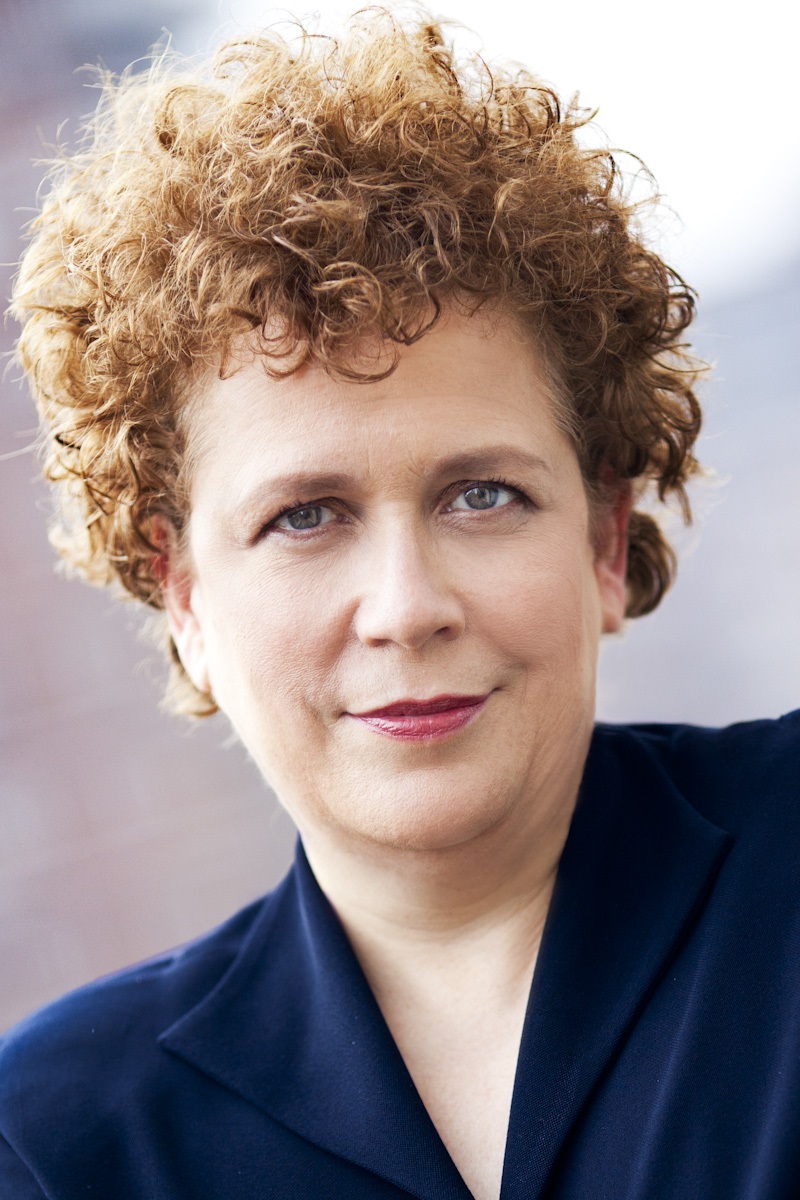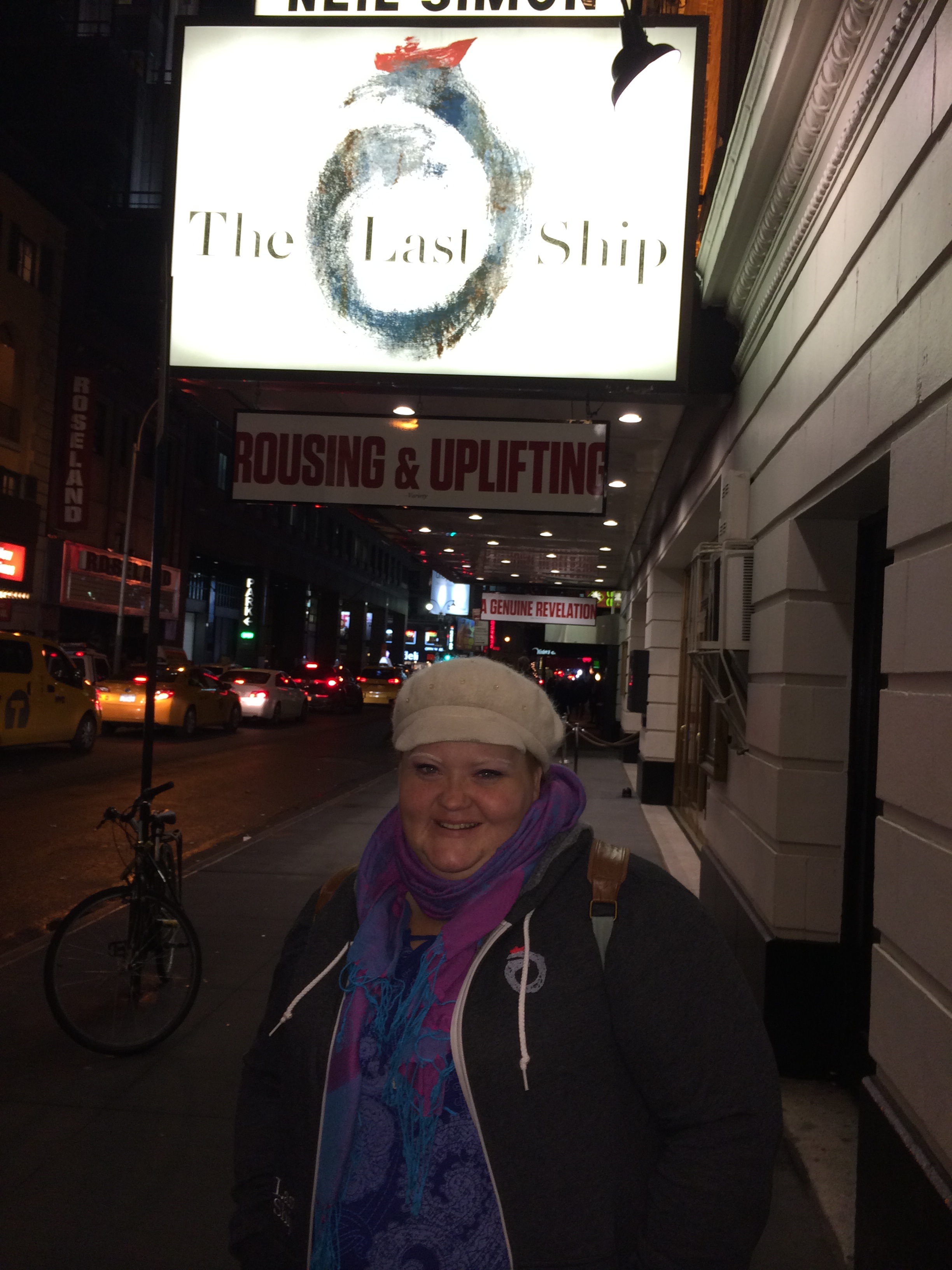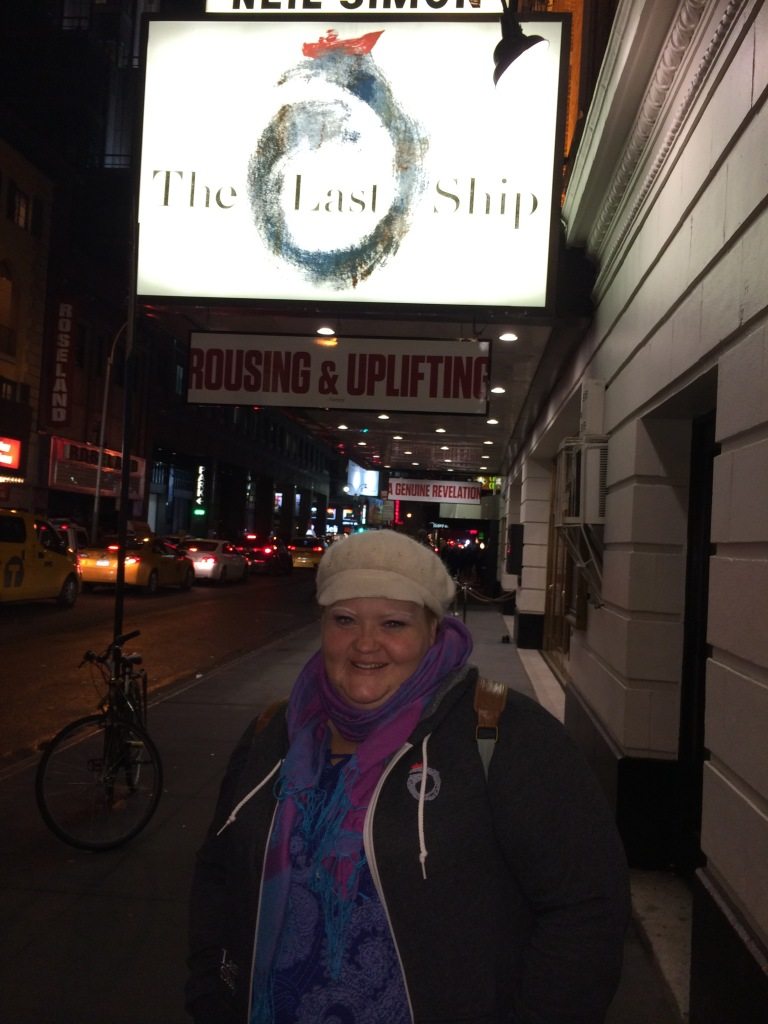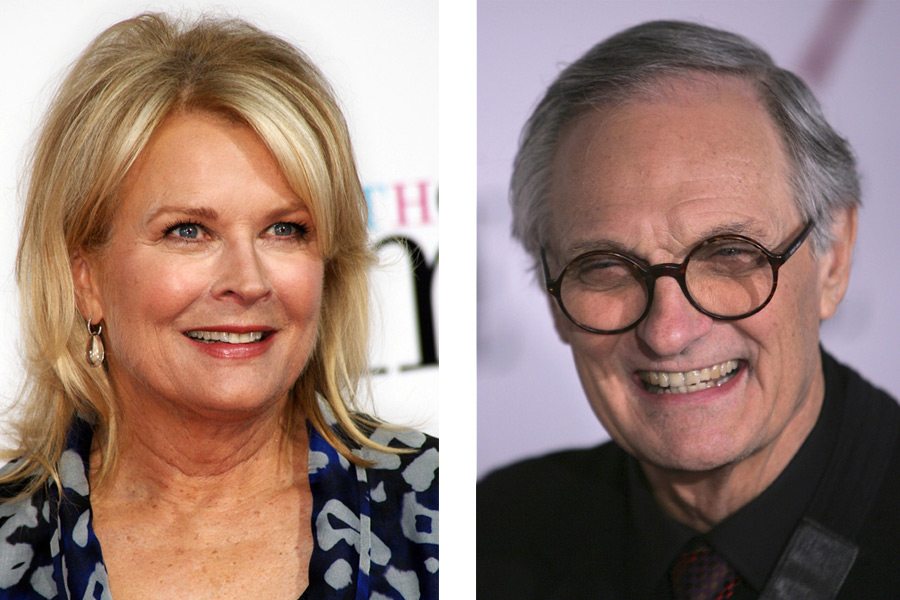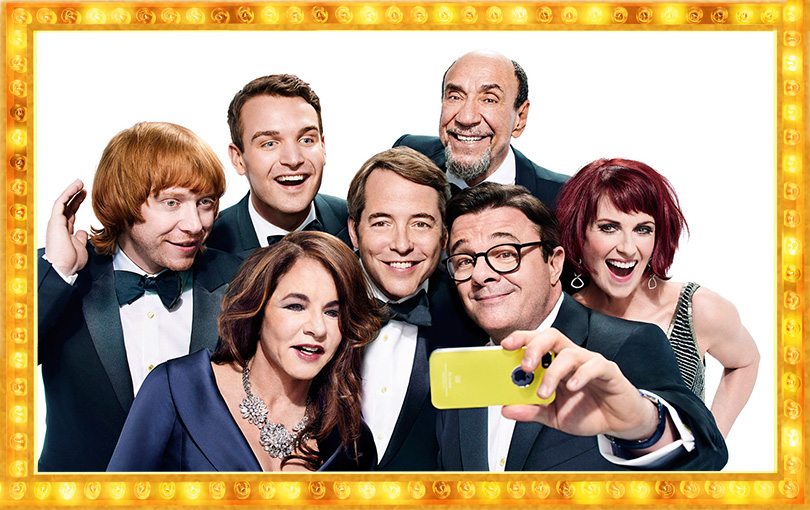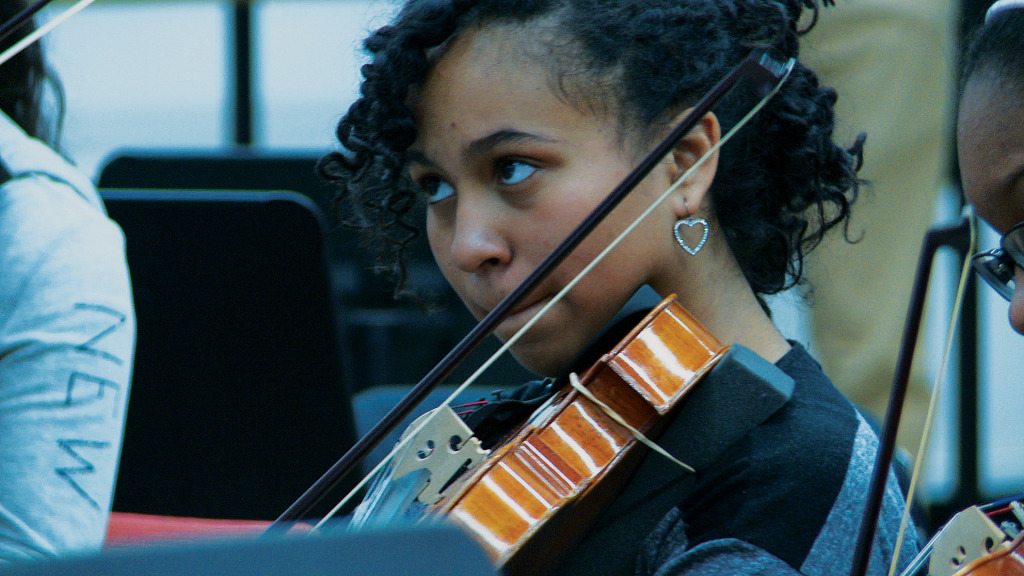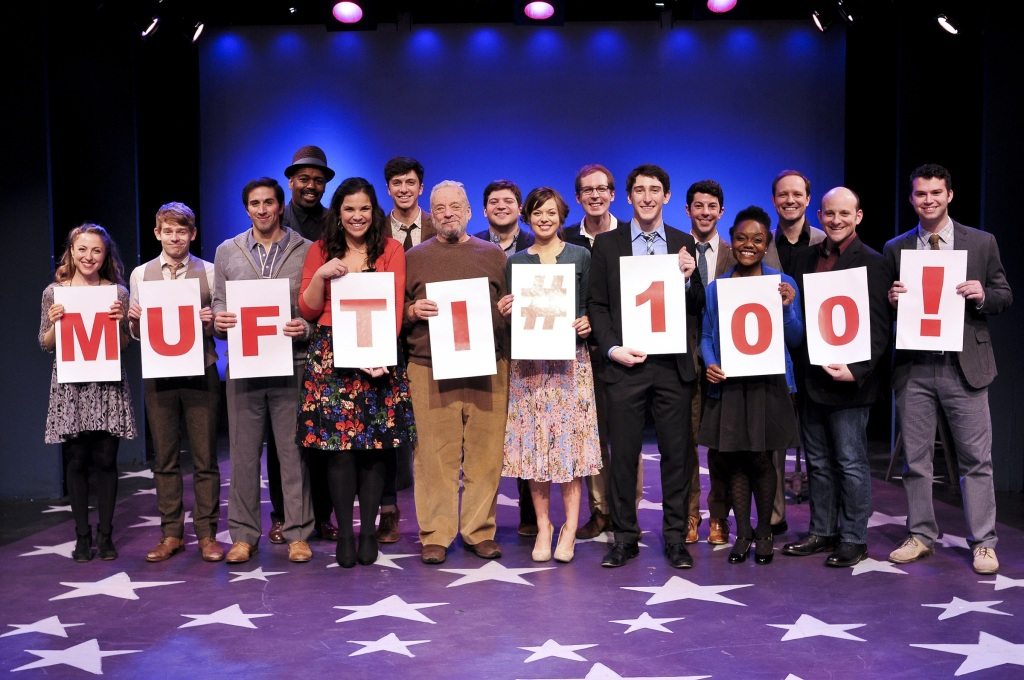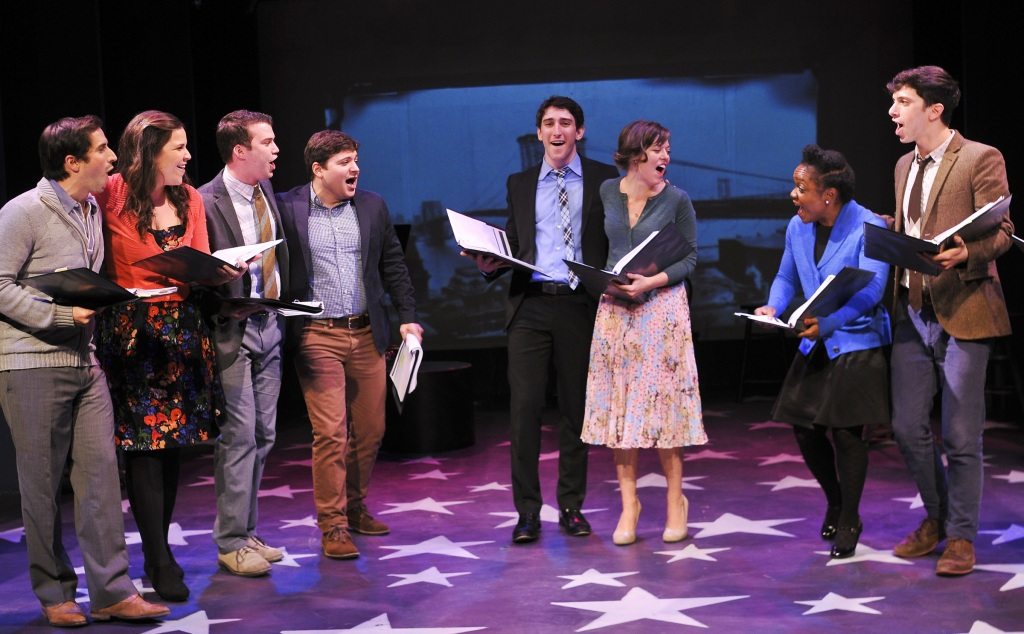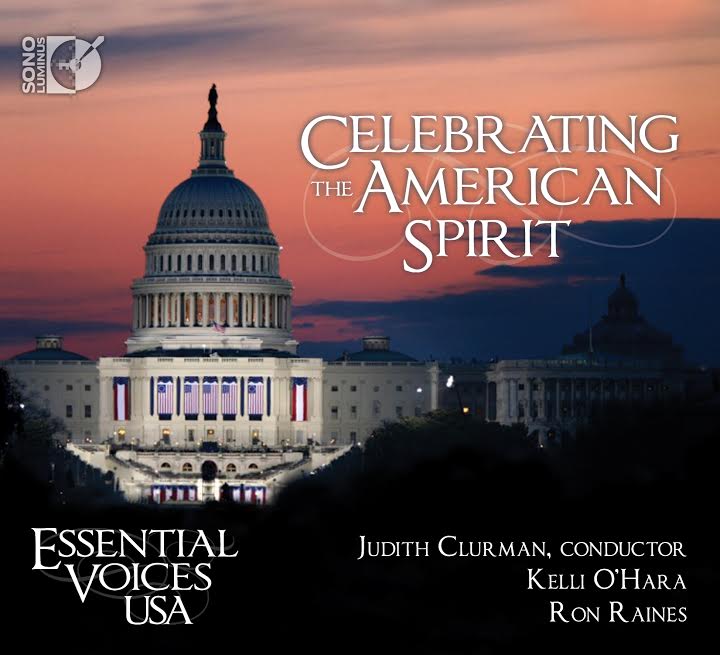Not to minimize the contribution that many drag queens make, but let’s be honest: Most of them are a dime a dozen. Walk into any gay bar on any given night of the week and you’re sure to see a bedazzled beauty strutting her stuff and lip-syncing to the latest Top 40 hit. Sure, it takes skill and preparation, but mostly, it’s just bubble gum fantasy with free drink tickets.
Now, take your fabulous self downtown to the Connelly theater and let a genuine and unparalleled diva hypnotize you with her ferocity and glamour. The lady of whom we speak is none other than Lypsinka, who is currently casting a spell in the East Village in the Lypsinka Trilogy. Lypsinka is the persona embodied by John Epperson, an immensely talented individual who has been inventing and reinventing Lypsinka since the late eighties. Even Epperson himself has been known to eschew the title “drag queen” because it “describes an amateur”, and he holds the label of “actor” in much greater esteem. It is a fair declaration because Lypsinka is the grand dame by which all other drag artists should aspire. Three shows are running concurrently at the intimate theater spot and –just in time for the holidays– each of them is a precious gift to theater goers.
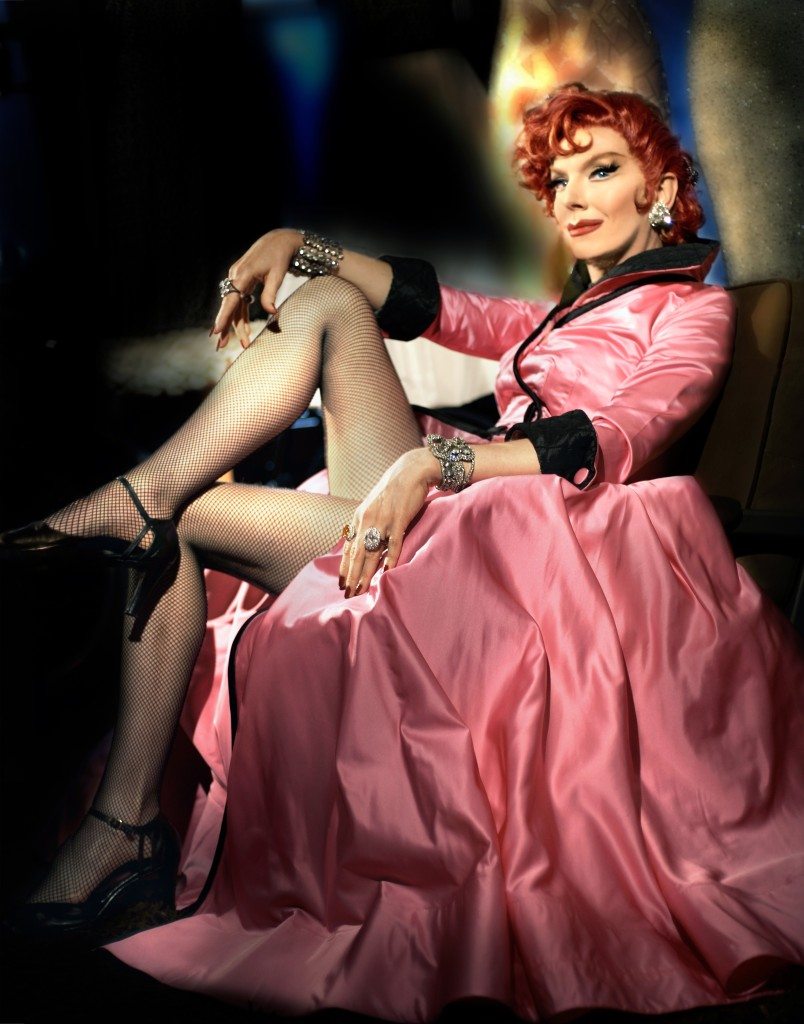
Lypsinka! The Boxed Set
At this point, you may be asking yourself, “Who is Lypsinka and why all the praise?” Lypsinka is a throw back to the golden age of stage and screen. Using clips from classic films, interviews, and vintage cabaret clubs, Lypsinka actually lip syncs (imagine!)various sound bytes, incorporating her own flair but still maintaining the integrity of the characters. Bette Davis will appear one moment, followed by Gloria Swanson the next. Barbara Stanwyck, Greta Garbo, Joan Crawford, Lana Turner, Faye Dunaway, and others are also heard. How she is able to pull it all off with such exquisite flair is nothing short of a miracle. But with the subtle raise of a brow, an extended glance, and quivering lips, Lypsinka will mesmerize and amuse.
The Boxed Set is a cornucopia of these silver screen beauties and although there are few costume quick changes, the hostess for the evening will make each and every moment unique. A string of phone calls will be answered, each by a different personality, and a screwball version of “The 12 Days of Christmas” turns the song upside down by replacing the traditional lyrics with a variety of cocktails for each day. The entire show will hold you in delightful captivity, but these two scenes elicit the greatest response from audiences and had me laughing so hard I had to catch my breath. Epperson’s Lypsinka has been at this for years, but make no mistake about the artistry. Under Kevin Malony’s keen direction, this is precision and talent at its finest.

The Passion of the Crawford
One would be remiss to pay homage to the bygone era of Hollywood without mentioning Joan Crawford. Here, Lypsinka, with the help of Steve Cuiffo, recreates an actual interview between Crawford and John Springer (Cuiffo). Clips of radio interviews and acceptance speeches also emerge and once again, we watch in awe of the detailed mannerisms, executed with over the top flair and drama. Malony also helmed this production, which opens with a tight montage of Crawford’s work.
Although it is worth seeing, The Passion of the Crawford should be seen in addition to, rather than instead of, The Boxed Set. Consider The Boxed Set a primer to the living wonder of Lypsinka. Even though the Crawford piece is flawless, The Boxed Set offers more variety. Either way, you’ll become a fast fan of Epperson’s creation. In both cases, Lypsinska knows her audience and she’ll deliver the delicious goods.

John Epperson: Show Trash
When Lypsinka sheds the Edith Head inspired costumes, she is actually John Epperson, the creator of this larger than life personality. Seated behind a piano, Epperson discusses his early days in New York City and the origin of his creation. It is hard to wrap your head around the fact that Epperson is Lypsinka since he embodies none of the qualities as his alter ego. Epperson is slight, unassuming and reserved; She is everything aside from it.
Under Barry Kleinbort’s gentle and able direction, Epperson deserves the utmost respect for sharing his own self. The vulnerability and honesty expressed here is not often on display for drag performers. Yet, one questions whether Epperson’s goal is simply an autobiographical presentation or a plea to be acknowledged as himself rather than dwelling in the mascara mask of his lady. Either way, we can celebrate both Epperson and his female side for bringing pure quality entertainment to life.
Lypsinka! The Trilogy plays now through Saturday Jan 3, 2015 at the Connelly Theater, 220 E. 4th Street between Avenue A and Avenue B. For tickets and information visit: http://tweedtheater.org/lypsinkatrilogy/ ,


